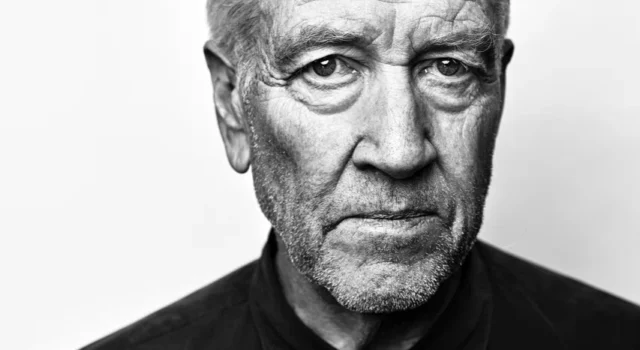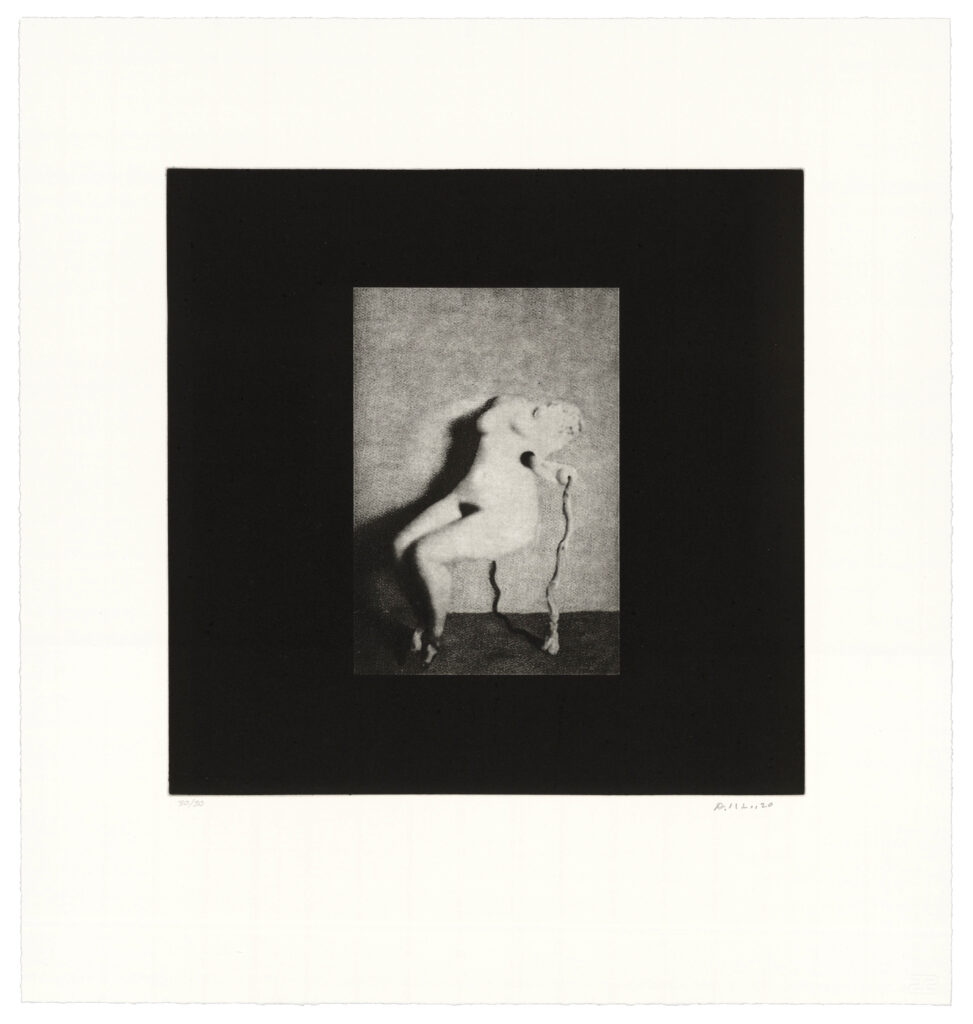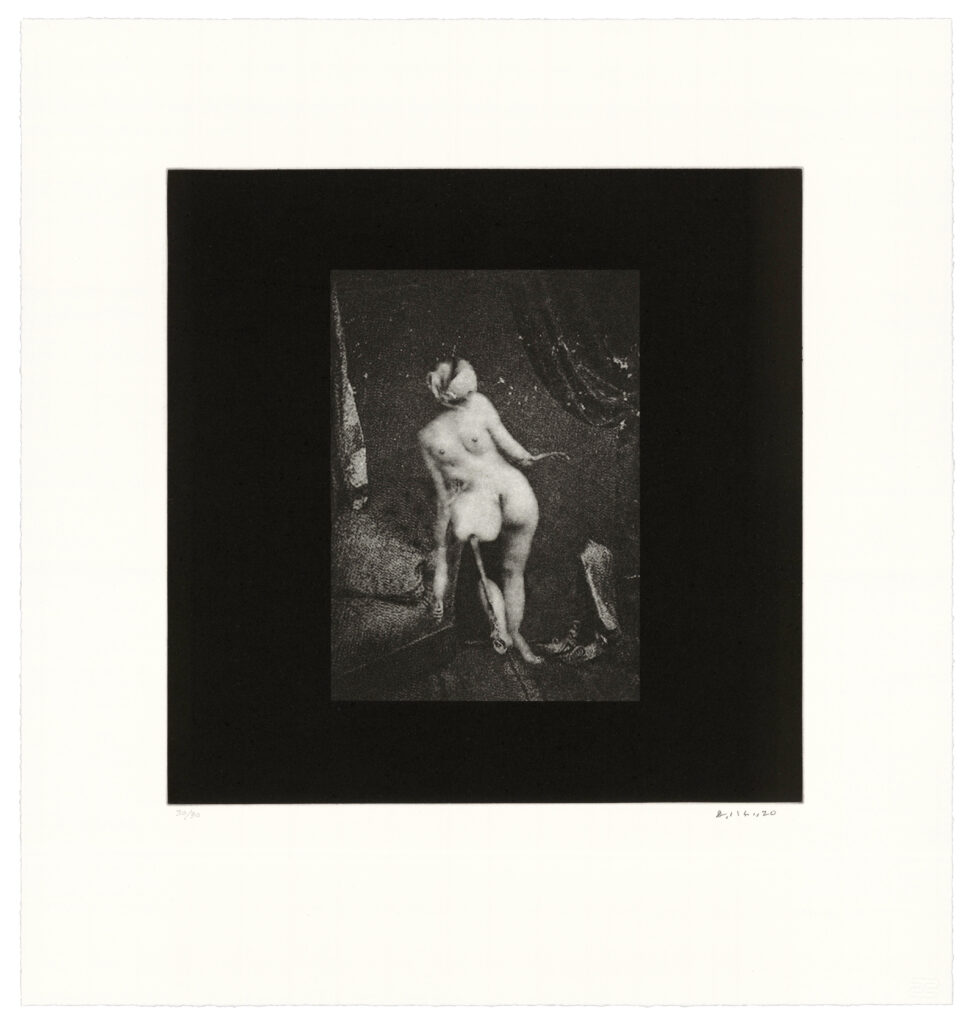David Lynch was a highly acclaimed filmmaker with many considering him to be one of the most important, transformative directors of the latter half of the 20th century. Known for incorporating surrealist, experimental, and macabre elements into his works; the adjective “lynchian” became synonymous with pieces reminiscing of his works, forming part of the official English lexicon, stating “juxtaposing surreal or sinister elements with mundane, everyday environments, and for using compelling visual images to emphasize a dreamlike quality of mystery or menace”.
Lynch first began as a painter before transitioning into filmmaking, where his distinct visual and narrative style emerged. His debut feature, the surreal and unsettling Eraserhead, established him as a filmmaker unafraid to explore the subconscious and the grotesque. This early success led to projects that cemented his reputation—The Elephant Man brought him mainstream recognition, Blue Velvet revealed the sinister undercurrents of suburban life, and Wild at Heart earned him the prestigious Palme d’Or. Each of his films bore a unique blend of the surreal, the unnerving, and the profound, showcasing his ability to craft deeply atmospheric and psychologically rich narratives. A defining moment in Lynch’s career came with the creation of Twin Peaks alongside Mark Frost, a television series that redefined the medium with its enigmatic storytelling and distinctive aesthetic. Featuring frequent collaborator Kyle MacLachlan as the idiosyncratic Agent Dale Cooper, the show became a cultural landmark, blending noir, melodrama, and supernatural horror. His filmography continued to evolve with projects such as Lost Highway, The Straight Story, and Mulholland Drive, the latter widely regarded as one of the greatest films of the 21st century.
Beyond cinema, Lynch’s artistic practice extended into multiple disciplines, including visual art, music, and literature. He directed music videos for artists such as Nine Inch Nails and Moby, while his photographic and painting works echoed the eerie, dreamlike quality of his films. His books, including Catching the Big Fish and Room to Dream, provided insight into his creative philosophy, exploring the intersection of intuition and artistic expression. Whether through furniture design, photography, or sound experiments, his multidisciplinary approach reinforced his reputation as a boundary-pushing artist, unconfined by medium or convention.
Lynch’s creative pursuits were deeply intertwined with his personal beliefs, particularly his advocacy for Transcendental Meditation, which he credited with fostering his artistic clarity. Through the David Lynch Foundation, he promoted meditation as a tool for personal and artistic growth. Despite his enduring influence, his life ended amid the Southern California wildfires, a dramatic and almost cinematic conclusion to an artist whose work often embraced the chaotic and unpredictable. His legacy remains deeply ingrained in the fabric of contemporary cinema and visual arts, ensuring his work continues to inspire and challenge generations of artists and audiences alike.



